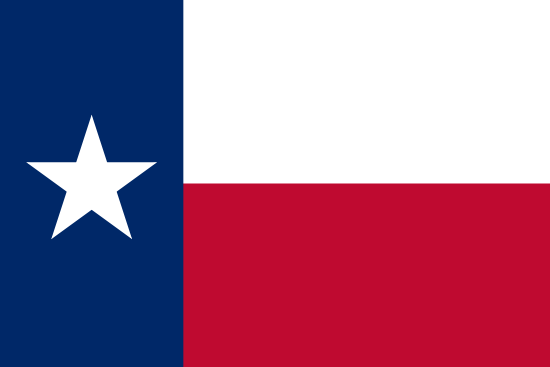
Garland
- County:
- Dallas County
- County Seat:
- No
- Area (mi²):
- 56.857
- State:
- Texas
Garland is a city located in Dallas County, Texas. Garland has a 2025 population of 250,431 . Garland is currently growing at a rate of 1.68% annually and its population has increased by 1.64% since the most recent census, which recorded a population of 246,392 in 2020.
The median household income in Garland is $74,717 with a poverty rate of 12.27%. The median age in Garland is 34.7 years: 33.5 years for males, and 35.9 years for females. For every 100 females there are 98.0 males.